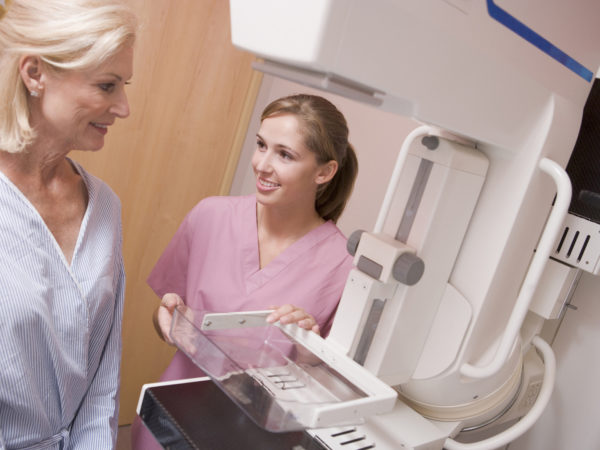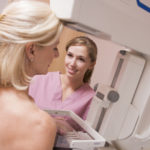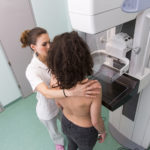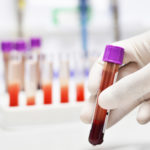Mammograms: Too Much Radiation?
In all the controversy about mammograms, I haven’t heard any discussion of risks due to radiation exposure. I’m not convinced that annual mammograms are harmless because they expose the breast to radiation. What’s the latest on this?
Andrew Weil, M.D. | January 12, 2010

You’re right. Mammograms do expose women to a low dose of radiation, which presents a cumulative risk over time. Concern here focuses primarily on women at high risk of breast cancer because they have mutations in the BRCA1 or BRCA2 genes or because of a strong family history of breast cancer despite no known genetic mutations.
The most recent publication I’ve seen comes from the Netherlands. It showed that the radiation from annual mammograms may heighten the risk of women who are already at high risk. These women generally are advised to start screening earlier than those at average risk. But this investigation suggests that early screening with mammograms may not be a good idea; the lead researcher warned that “repeated exposure to low-dose radiation should be avoided,” particularly by women under 30.
The report’s findings were based on an analysis of six of 47 studies on the topic. Of the six, four looked at the effect of exposure to low-dose radiation among women known to carry the genetic mutations that place them at high risk for breast cancer. Results showed that among all the women in the study, the average increased risk due to radiation exposure from mammograms was 1.5 times higher than it was among high-risk women who weren’t exposed. Those high-risk women who were exposed to radiation before age 20 or who had five or more exposures were 2.5 times more likely to develop breast cancer than high-risk women who weren’t exposed.
The investigators noted that their analysis was small and should be interpreted with caution. But they did urge physicians take a “careful approach” when screening young women at high risk, particularly those under 30.
This doesn’t tell us much about the risk for the average woman who follows recommendations to have an annual mammogram every year beginning at age 40. While there’s no question that radiation exposure increases the risk of breast cancer, the risk is highest when exposure occurs at a relatively young age. For example, young girls treated with radiation for Hodgkin’s disease have a very high risk of breast cancer; up to 50 percent develop it later in life. The older you are when you begin to have mammograms, the smaller the chance that the radiation exposure will contribute to breast cancer. If you begin screening when you’re over 50, radiation exposure from mammograms is highly unlikely to increase your risk of breast cancer later in life.
Andrew Weil, M.D.










